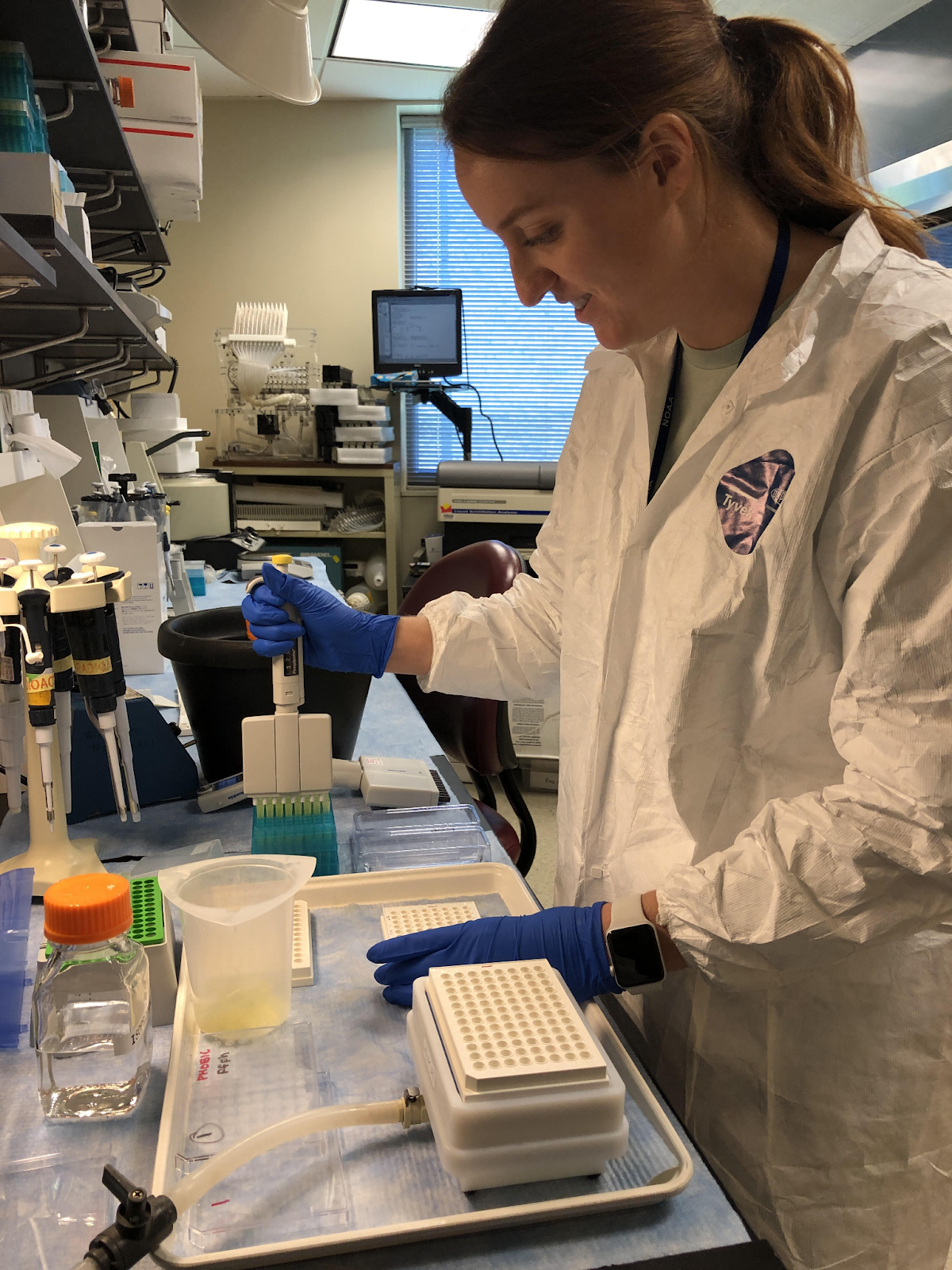
Frog proteins offer a promising new way to detect and neutralize saxitoxin, a potent neurotoxin, and its variants. This could help scientists design better tools for food safety and improve monitoring strategies for toxic algal blooms.
Saxitoxin is a powerful and dangerous neurotoxin that blocks nerve and muscle activity. It’s found in several types of algae within ocean and freshwater environments. Saxitoxins can build up in seafood, leading to a serious illness called paralytic shellfish poisoning (PSP). This illness can cause numbness and tingling around the mouth, lips, and tongue. In severe cases, PSP can cause paralysis, and even death. Detecting and understanding this toxin is not only a growing public health priority, but also important for reducing economic impacts from commercial shellfish fishery closures and mariculture industry shutdowns.

Saxitoxin is a mixture of related chemical variants which makes it difficult to measure in the environment and to develop treatments. Some frogs, like the American bullfrog and the High Himalaya frog, naturally produce special proteins in their blood called saxiphilins. These proteins act like “toxin sponges,” binding onto saxitoxin and protecting the frog’s nervous system from harm.
Scientists at NCCOS examined how these frog proteins interact with different versions of saxitoxin. Using a mix of lab experiments and advanced imaging techniques, researchers discovered these frog proteins can bind many saxitoxin variants, but with different strengths. The results showed that these frog proteins could replace traditional lab materials in standard saxitoxin detection tests.
Current lab methods for detecting saxitoxin in the environment face a number of challenges. These include the wide variety of saxitoxin forms, the need to detect even tiny amounts of the toxin, and the importance of getting results quickly to support timely decisions. Exploring saxiphilins further could open the door to new ways of detecting saxitoxin and helping protect public health.
This work is authorized under the NOAA Authorization Act of 1992 (Pub. L. 102-567 (Oct. 29, 1992); sec. 201(c)), and the Harmful Algal Bloom and Hypoxia Research and Control Act (33 U.S.C. §§ 4001 et seq.).
Citation: Zakrzewska, S., Nixon, S.A., Chen, Z. et al. Structural basis for saxitoxin congener binding and neutralization by anuran saxiphilins. Nat Commun 16, 3885 (2025). https://doi.org/10.1038/s41467-025-58903-2
